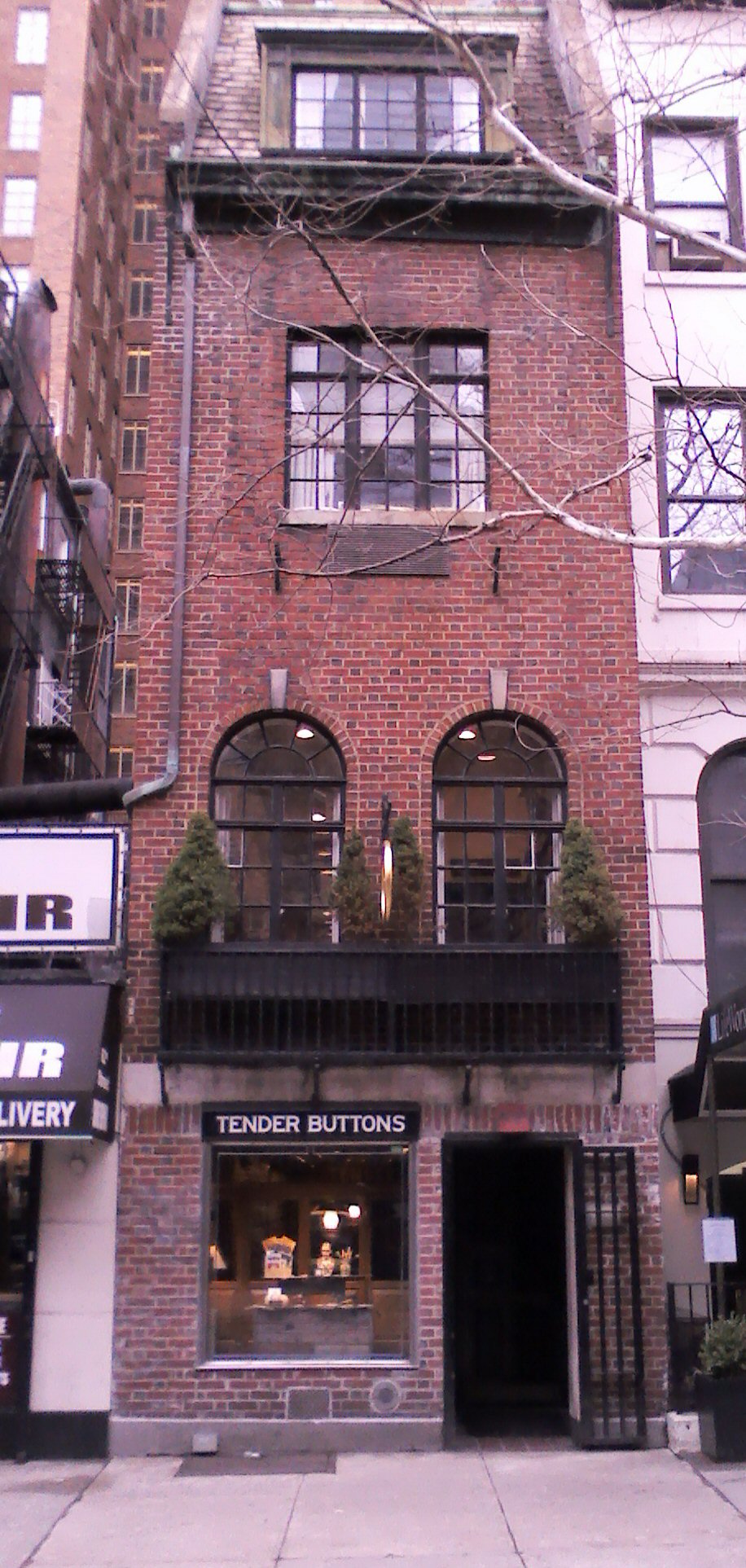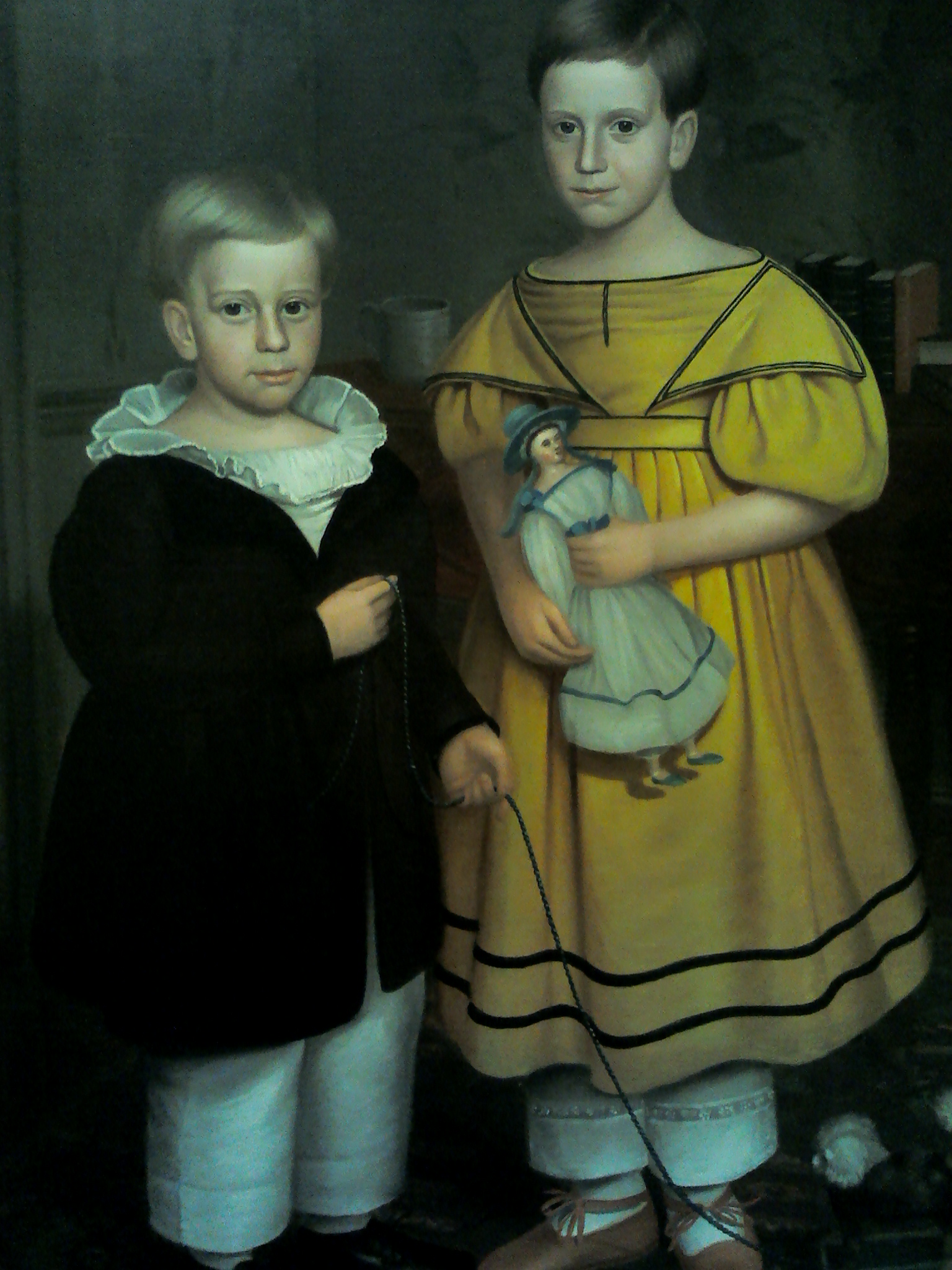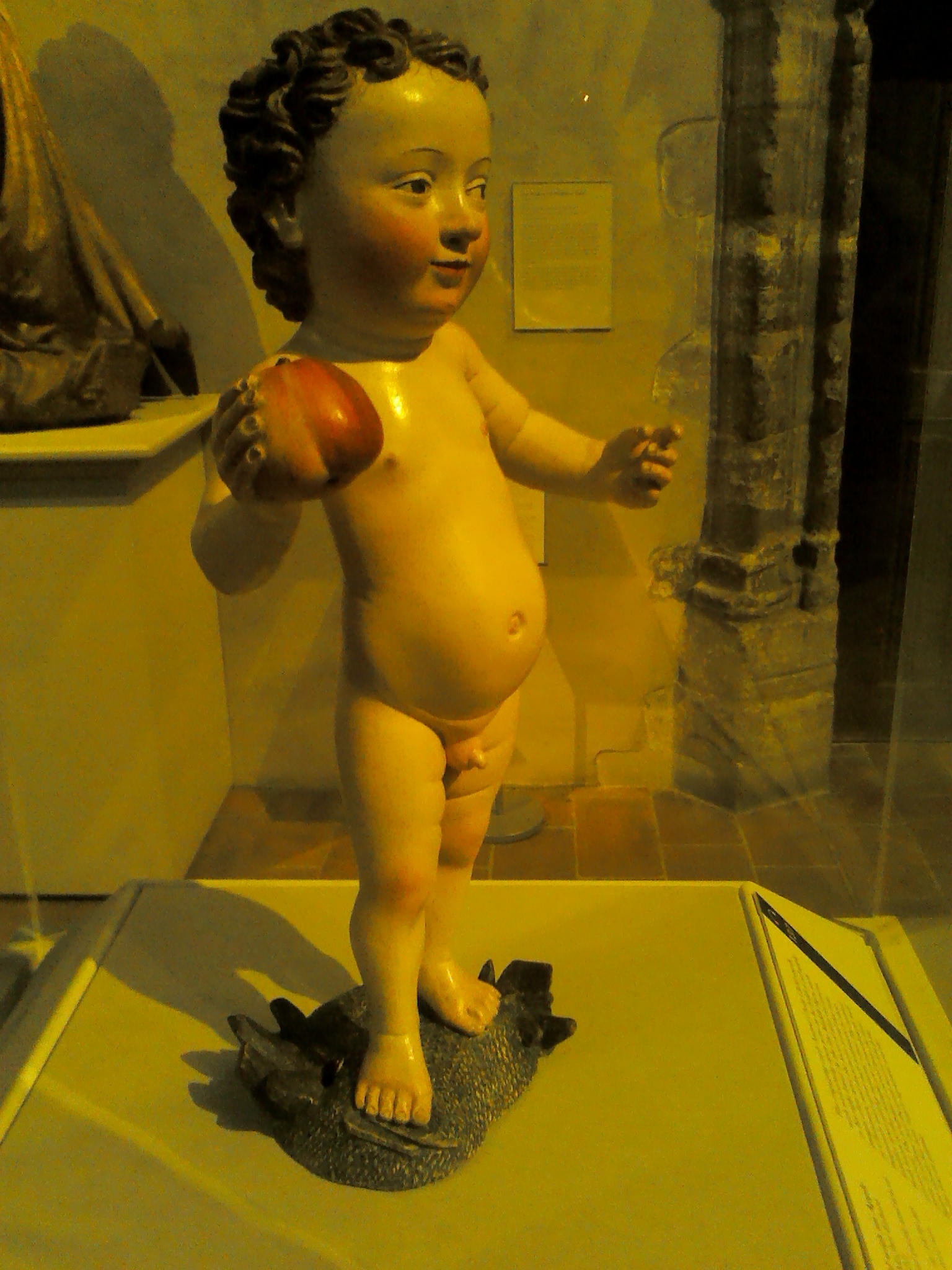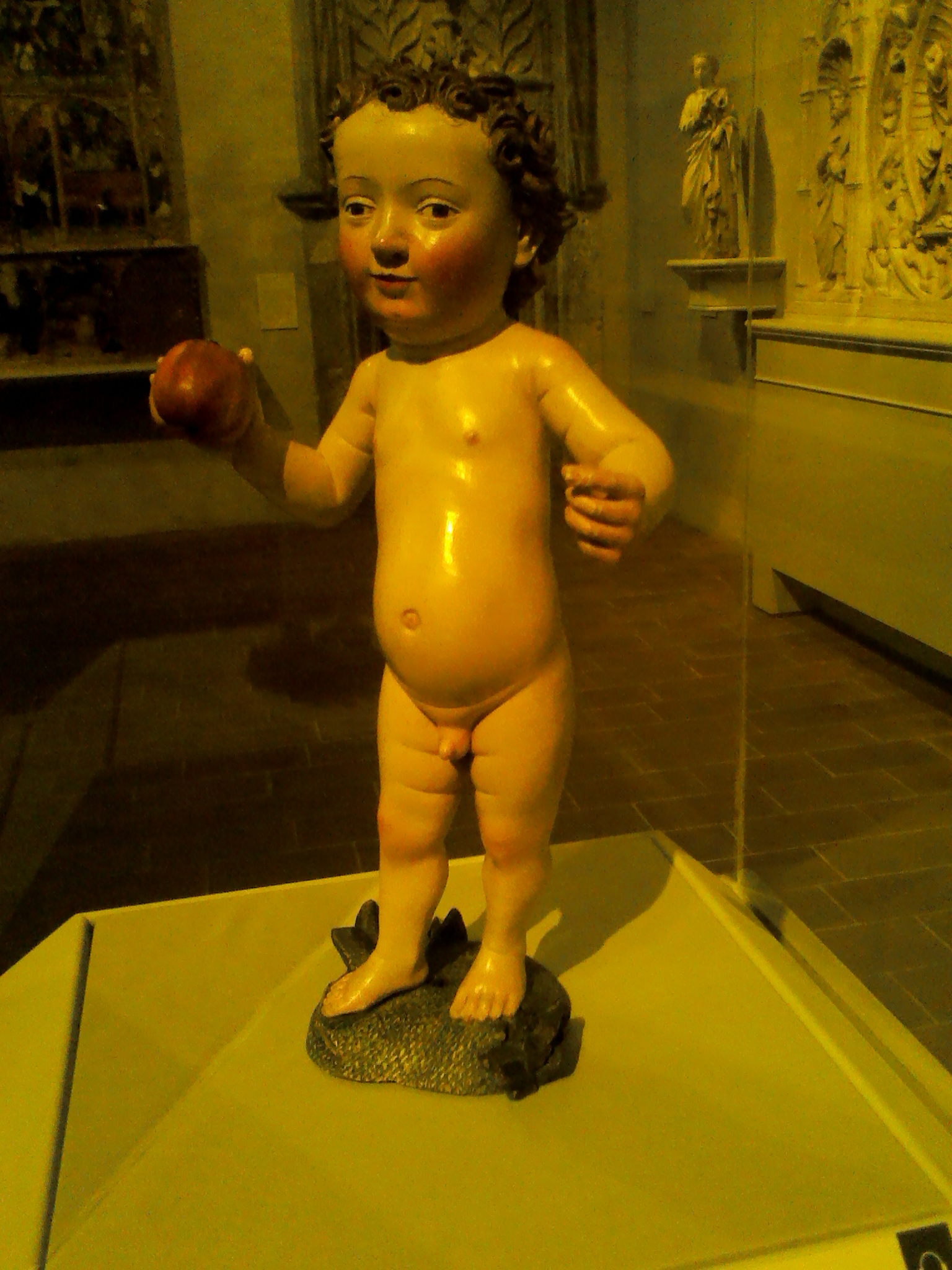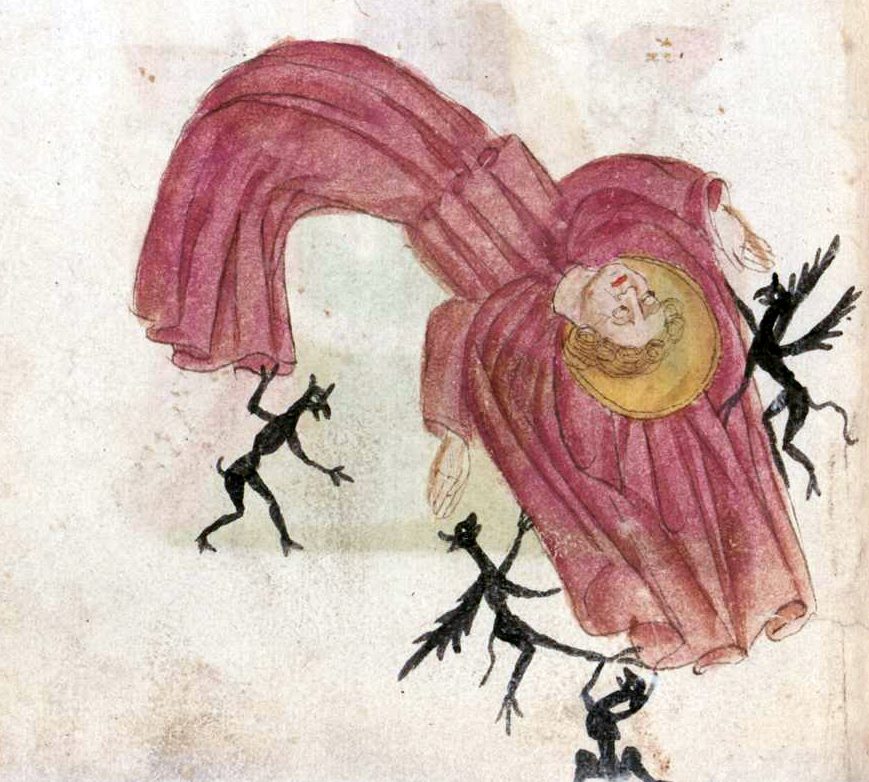In a comment on Peewit Patrol, yesterday, Dave asks about my use of the phrase “running like the clappers”. The clappers referred to are those of bells, which strike the inner surface of the bell to create that clang we know and love and occasionally stuff cotton wool in our ears to muffle.
If it is argued that the clappers of bells do not run, nor trot, nor scamper, all I can offer in my defence is that the phrase, meaning “to go very fast”, seems to have originated with Royal Air Force public school chaps during the second world war. The OED cites Eric Partridge’s (not Peewit’s, note) A Dictionary of Forces’ Slang 1939-45 (Secker & Warburg 1948). Further citations suggest that it can rain like the clappers, and that one can both surrender and go to work like the clappers, so running towards a spinney for an initiation ceremony in the moonlight seems equally viable.
It should be noted that the bells the clappers of which go so very fast are specified by Partridge (not Peewit) as the bells of hell. It so happens that Dobson, the titanic out of print pamphleteer of the last century, devoted one of his pamphlets to this very subject. Fanatical Hooting Yardists may recall this piece, originally posted five long years ago, in the dying days of the Brown administration:
The bells of hell do not ring, says Theophrastus Dogend, they clank and clunk, eternally, awfully, deafeningly. This is because they are battered and broken, with great cracks and fissures. He adds that they are covered in mould, of stinking greeny-grey.
There are no bells in hell, we are told by Pilupus Taxifor. He says the clanks and clunks are the din of infernal machinery, engines of havoc, designed to torment the damned. If there be stinking mould upon the machines he does not say.
While Optrex Gibbus maintains there are precisely ten thousand bells in hell, each of them numbered, each in its own belfry, and they are rung by sinners, in expiation, the bell-pulls in the form of vipers, which bite the sinners’ hands and wrists each time they peal their designated bell.
Dobson’s pamphlet Hell, Its Bells (out of print) is an attempt to untangle the contradictions in these authorities, each of which, he contends, has at least a grain of truth. Are there bells in hell, he asks, or are there not? If there are, do they ring or do they clank? And clunk? Are there ten thousand bells, or fewer, or more, even an infinity of bells, just as there is an infinity of pits and dungeons and oubliettes in which the damned languish forever?
The pamphleteer’s research for this paper, which he read aloud at a meeting of the Sawdust Bridge Platform Debating Initiative on the tenth of April 1954, led him up some pretty horrible pathways, pathways more abhorrent even than the one that runs parallel to the disgusting canal wherein the vomit of generations has collected. Why it is that drunks and those with stomach disorders have habitually seen fit to throw up their guts in a canal basin at the end of a long and twisting lane far from any clinics and hostelries is a mystery Dobson never investigated, so far as we know. But he was spellbound by the bells of hell, upon which, he believed, so much, so very very much, hinged. It is a pity he never got round to writing the follow-up pamphlet, Hell, Its Bells, And All That Hinges Upon Them, With Lots Of Details, a work which exists only in the form of illegible scribblings in a notebook half of which is burned and the remaining half smeared with a stinking greeny-grey goo, which might be mould scraped from the bells of hell, but might on the other hand just be the sort of goo that Dobson managed to attract to himself, in his wanderings, God knows how.
Hooting Yard Encyclopaedia topics addressed : Hell, bells, goo.

